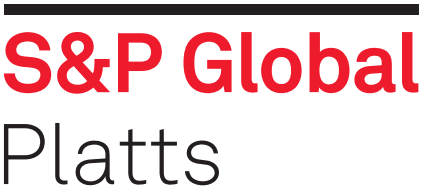
Global steelmaking capacity could increase by around 4%-5% between 2019 and 2021 if planned projects are completed and there are no closures, amounting to additional crude steel capacity of 88 million-110 million mt/year, the Organization for Economic Co-operation and Development said in a report released Tuesday.
The report said 87.8 million mt/year of gross capacity additions are currently underway and could come on stream over 2019-2021. An additional 22.4 million mt/year of capacity additions are currently in the planning stages for possible startup over the same period.
According to the report, Asia could experience a considerable increase in steelmaking capacity over the next few years, with over 53.4 million mt/year of gross capacity additions currently underway and 10 million mt/year in the planning stage for 2019-21.
Several capacity investments are also taking place in the Middle East, where projects amounting to 25.1 million mt/year of capacity are currently underway and due for completion in the next three years.
Some investments are also underway in Africa and Europe, amounting to a total of 2.9 million mt/year and 4.1 million mt/year of capacity that could come on stream during 2019-2021, respectively.
The CIS, Latin America and NAFTA regions could also see an increase in capacity, with 1.8 million mt, 200,000 mt and 300,000 mt/year of gross additions currently underway in each region, respectively. No capacity additions are currently underway in Oceania.
Steelmaking capacity remained nearly unchanged in 2018, following falls in 2016 and 2017. The OECD revised its 2017 figures for global steelmaking capacity slightly downward to 2.24 billion mt/year. The net capacity change in 2018, taking into account new capacity additions and closures, brings current global steelmaking capacity to 2.23 billion mt/year.
OECD stressed that in the context of global excess capacity, it will be important for policymakers to continue to monitor investments and closures closely.
— Annalisa Villa




